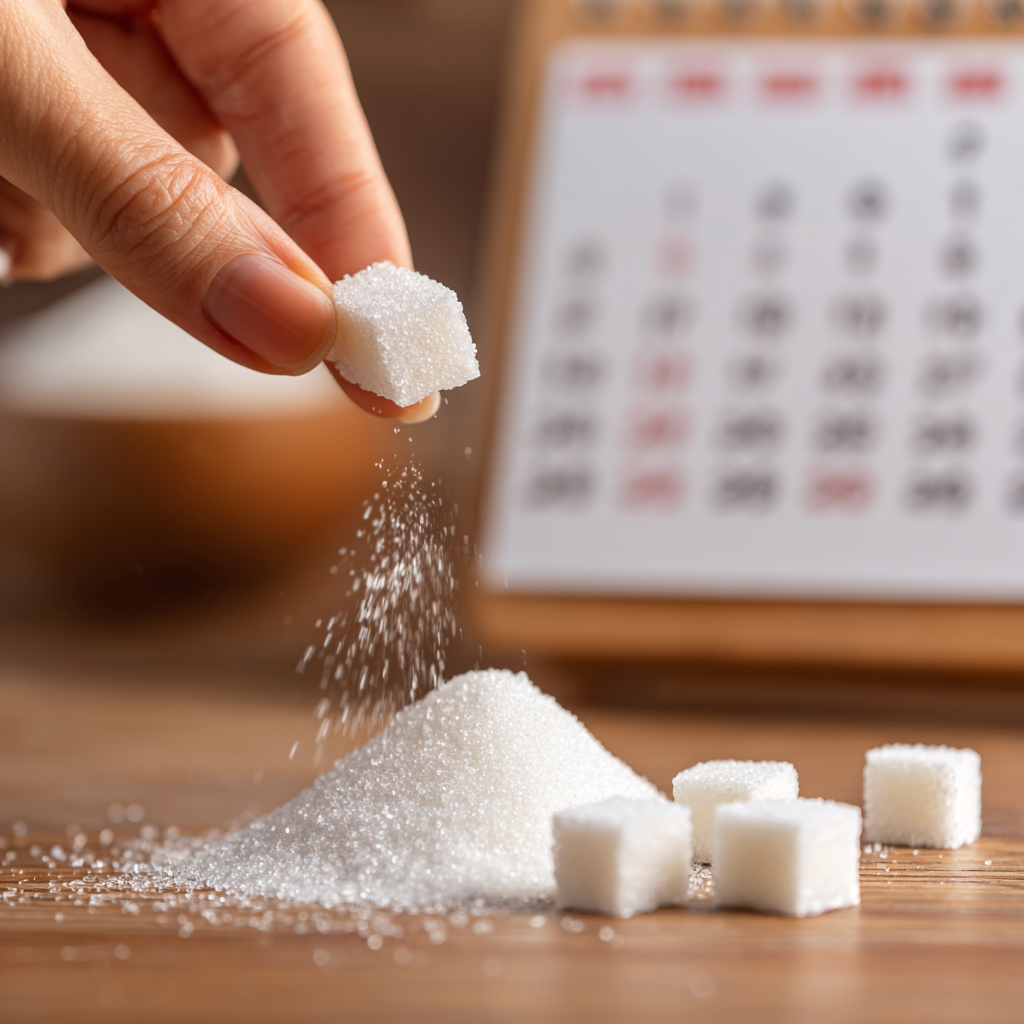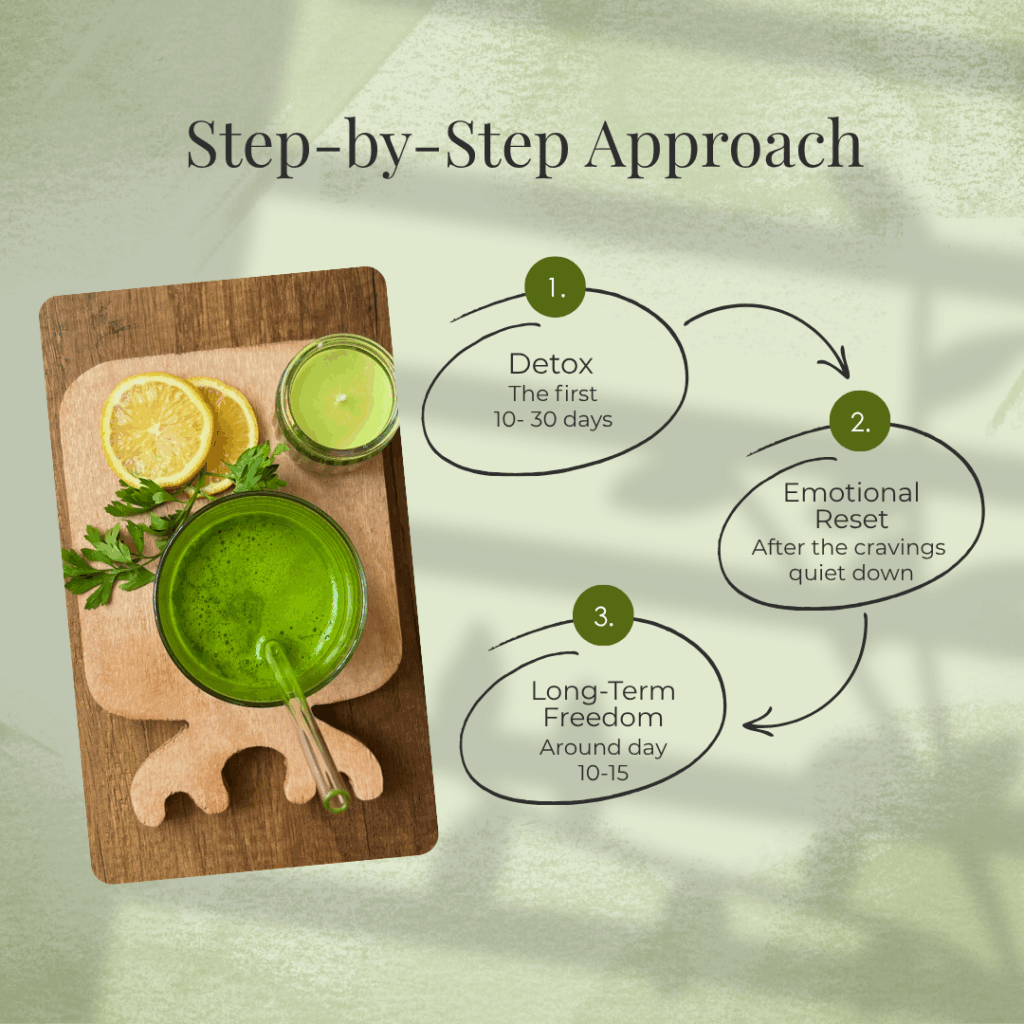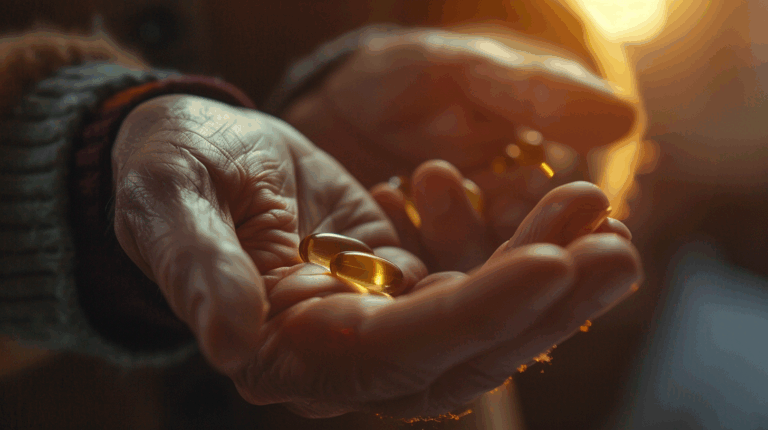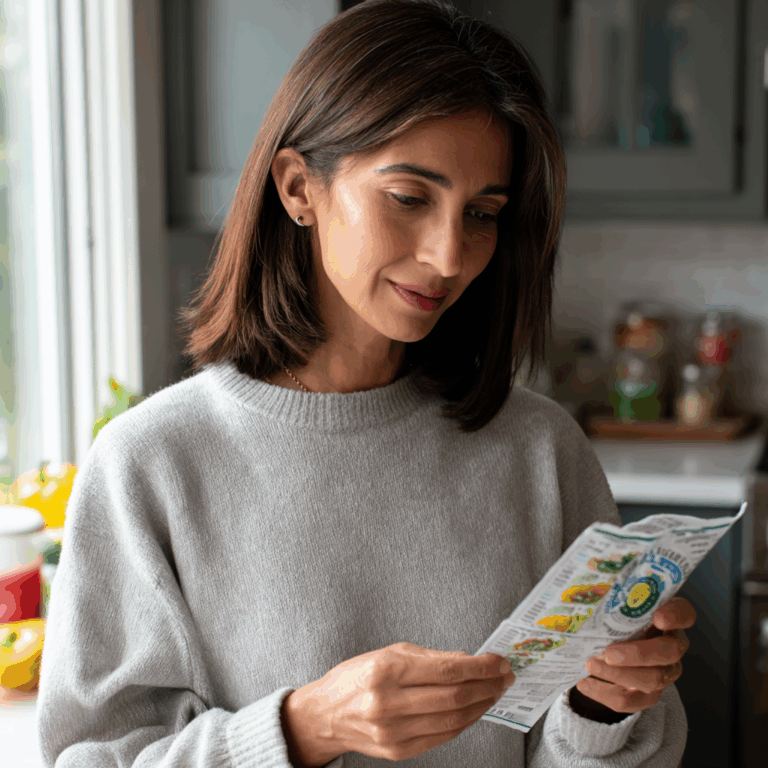By Mike, The SugarFreeMan
Founder of SugarDetox.com and the 30-Day Sugar Freedom Challenge
If you’ve ever tried to quit sugar, you already know the truth: anyone can stop for a few days. The real battle is learning how to stay stopped. Most people don’t fail because they can’t detox. They fail because they don’t know what to do after the detox ends.
Here’s the good news: You can break free from sugar. Not just for a week, not just for another “challenge,” but for good. I’ve been sugar-free for over 35 years, and I’ve helped thousands of people do the same. Let me show you the step-by-step process that works — without gimmicks, without diets, and without false promises.

Featured Snippet Summary: Quitting sugar requires more than a temporary detox. The key is learning how to manage cravings, rebuild habits, and create long-term freedom after the first 30 days.
This article was review by Dr. Camela McGrath, MD, FACOG. Find more about her here
Why Most Sugar Detoxes Fail
Every January, millions of people start a sugar detox. And by February? Most of them are right back where they started.
The diet industry doesn’t like to admit this, but research shows that less than 1% of dieters maintain weight loss long-term (source: NIH). That failure rate isn’t about willpower. It’s about approach.
“Detox is just the ticket in. The real game begins after you quit.”
Here’s the problem: most sugar detoxes treat abstinence like the finish line. In reality, it’s just the starting line.
The “Recidivism” Problem
There’s a word we use in recovery circles: recidivism. It simply means going back to old behaviors. Most diets and detoxes don’t solve this problem – they actually set people up for it.
Think about your own journey. How many times have you:
- Started a detox with excitement, only to fall back after a few weeks?
- Told yourself, “This time is different,” but ended up back at square one?
- Lost weight or cut sugar for a season, but couldn’t maintain it?
You’re not alone. I’ve surveyed thousands of people who joined our programs, and almost every one of them had already tried at least 10 diets or sugar detoxes before finding us.
The Step-by-Step Approach That Actually Works

So what’s different about the people who succeed – who not only quit sugar but stay free? It comes down to three key steps.
Step 1: The Detox (Price of Admission)
The first 10–30 days of quitting sugar are about getting the drug out of your system. Yes, sugar acts like a drug – it lights up the brain’s reward centers the same way addictive substances do (source: NCBI). During this phase, expect withdrawal symptoms: headaches, mood swings, cravings. This is normal. It’s your body resetting.
Action Tip: Keep it simple. Cut out added sugars, white flour, and ideally caffeine. Drink water. Eat real food. Sleep as much as you can. Don’t overcomplicate it.
Step 2: Emotional Reset
Around day 10–15, most people hit what I call the emotional surge. You may feel irritable, sad, or restless. This is where most detoxes fail – they don’t prepare you for the fact that sugar was your coping mechanism. Without it, emotions flood back.
Action Tip: Have a plan. Journal. Take walks. Talk to a supportive friend. Join a community where others understand what you’re going through. This isn’t weakness – it’s healing.
Step 3: Long-Term Freedom
Once the cravings quiet down, the real work begins: building a sugar-free lifestyle. That means changing habits, planning for triggers, and learning to enjoy life without reaching for sweets.
Action Tip: Don’t rely on willpower. Rely on structure. Replace old rituals with new ones. Build routines that make sugar irrelevant. This is how you avoid the yo-yo cycle.
If you’re ready for real change, our 30-Day Sugar Detox Challenge will walk you through every step. You don’t have to figure this out alone – I’ll show you exactly what to do, day by day.
Why Food Plans Aren’t Enough
Here’s what surprises most people: the food plan is the easy part. Yes, you need structure in the beginning – what to eat, what to avoid, how to plan meals. But once you’re off sugar, those details matter less than you think.
The bigger battle is behavioral. It’s about learning how to handle stress, boredom, and emotions without running back to sugar. That’s where most programs stop, but it’s exactly where the healing begins.
Key takeaway: The secret isn’t in finding the perfect meal plan. It’s in finding the tools and support that help you stay stopped.
You Don’t Have to Do This Alone
I won’t lie: quitting sugar isn’t easy. If someone tells you it is, they’re not telling the truth. But it is possible. I’ve lived it for 35+ years, and I’ve seen thousands of others do the same.
If you’re serious about breaking free, the 30-Day Sugar Detox Challenge is your roadmap. No guesswork. No gimmicks. Just real freedom.
Final Thoughts

Quitting sugar isn’t about punishment or deprivation. It’s about healing. It’s about freedom. And it’s about finally getting off the merry-go-round of diets and detoxes that don’t last.
If you’ve failed before, don’t take it as a sign you can’t do this. Take it as proof you need a new approach. The step-by-step process I’ve laid out here isn’t magic – it’s practical, lived truth. Start with the detox, prepare for the emotions, and build the habits that keep you free.
About the Author
Mike Collins, known as “The SugarFreeMan,” has been sugar-free for over 35 years and is the founder of SugarDetox.com. He has helped tens of thousands of people break free from sugar addiction through his evidence-based approach combining nutritional science with practical behavior change strategies.
Medical Disclaimer
This article is for educational purposes only and is not intended to replace professional medical advice. Always consult with a healthcare provider before making significant dietary changes, especially if you have underlying health conditions.
FAQs
Q1: How long does it take to detox from sugar?
Most people feel withdrawal symptoms for 7-14 days. The first 30 days are critical for breaking the cycle and resetting your body.
Q2: Why do most sugar detoxes fail?
Because they stop at abstinence. Long-term success requires addressing emotional triggers and building sugar-free habits.
Q3: Can I quit sugar without a meal plan?
Yes. A food plan can help early on, but long-term success depends more on behavior change than on recipes.
Q4: What happens around day 10 of quitting sugar?
Many people experience an “emotional surge” – feelings of irritability, sadness, or restlessness. This is normal and part of healing.
Q5: Do I have to give up all carbs to quit sugar?
No. Whole foods like vegetables, fruits, and grains can be part of a sugar-free life. The goal is to remove added sugars and refined flours.
Q6: How do I stay sugar-free long-term?
Build routines, replace old habits, and connect with supportive communities. Rely on structure, not willpower alone.






